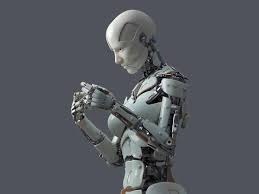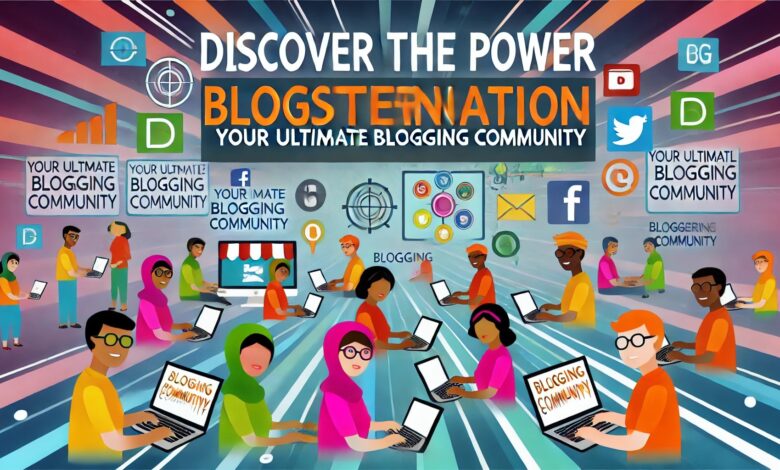The progress of humanoid robots has been incredibly captivating, as they’ve developed from simple prototypes to actual applications in various industries. However, they still face the ongoing issue of the “uncanny valley” effect. This concept, introduced more than half a century ago by Masahiro Mori, suggests that as robots become more human-like, people’s comfort decreases before eventually increasing again when robots become indistinguishable from humans. Despite this, the growing utilization of humanoid robots in fields like logistics, manufacturing, healthcare, and hospitality indicates that their usefulness could soon surpass any initial unease.
The Humanoid Robot Market: Rapid Growth and Potential
Although still in its infancy, the humanoid robot market is on the cusp of massive growth. In 2023, the market was valued at $1.8 billion, but projections suggest it will exceed $13 billion within the next five years. This growth is driven by advancements in artificial intelligence (AI) and the development of more human-like features in robots. Tesla’s entry into the market with the Tesla Optimus Gen 2 has garnered significant attention. Optimus is designed to perform dangerous, repetitive, and mundane tasks, and according to Elon Musk, the humanoid robot division’s potential market value could even surpass that of Tesla’s electric vehicles.
Current Applications Across Industries
Various industries have already started deploying humanoid robots, but their full potential is yet to be uncovered. The following are some of the primary sectors where humanoid robots are making a significant impact:
- Hospitality: In Spain, humanoid robots like Kime serve customers at self-contained kiosks, pouring drinks and snacks. In hotels, robots are employed as concierges, greeting guests and handling basic customer service tasks.
- Education: Humanoid robots such as Nao and Pepper assist in educational settings, helping students learn programming, robotics, and other technical skills. They offer personalized learning experiences that can be tailored to the needs of individual students.
- Healthcare: In healthcare, humanoid robots are proving useful in monitoring patients’ vital signs, assisting in surgeries, and even providing companionship to the elderly. These robots can help alleviate the pressures of labor shortages in healthcare, especially in regions with aging populations.
As industries recognize the advantages of automating labor-intensive and repetitive tasks, the demand for humanoid robots is expected to keep increasing. Companies are beginning to purchase humanoid robots for more intricate roles, signifying that these machines are evolving into valuable assets.
Challenges and Pilot Programs
Humanoid robots, despite their increasing popularity, continue to encounter obstacles in their implementation. A major challenge is the requirement for pilot programs to examine the performance of these robots in actual environments like factories and warehouses. The goal of these tests is to resolve concerns such as safety, cooperation, and societal approval.
The “uncanny valley” effect, which causes discomfort in some people when interacting with humanoid robots, is slowly being addressed through pilot programs. Gradual implementation and transparency are vital to ensure these robots are accepted into society without any fear.
The Multisensory Future of Humanoid Robots
The development of humanoid robots has recently seen a thrilling progression with the incorporation of multisensory capabilities. Researchers from Penn State have pioneered the creation of the first-ever artificial neuron that integrates multiple senses, enabling robots to process and respond to their environment in real-time. By merging touch and visual sensors, robots are now equipped to make more informed decisions based on their immediate environment.
For instance, the impressive potential of multisensory integration in progressing robotics was demonstrated when a robot was able to navigate a dark room using just a short burst of light. The ultimate aim is to outfit humanoid robots with sensors that mimic multiple human senses, such as vision, touch, hearing, and even olfaction. This enhancement will enable robots to operate in more intricate and dynamic environments.
Tesla Optimus Gen 2: A Pioneer in the Next Wave of Robotics
One of the most advanced humanoid robots making headlines today is the Tesla Optimus Gen 2. Designed to take on repetitive, dangerous, and tedious tasks, Optimus is equipped with AI and sensor technologies that allow it to perform tasks autonomously. Its advanced capabilities, coupled with Tesla’s full self-driving software, make it one of the most promising players in the humanoid robot industry.
Optimus has been engineered to maneuver through diverse environments, ranging from industrial areas to common household surroundings. As Tesla persistently improves its robotics department, Optimus is poised to revolutionize several industries, potentially causing a significant transformation in our perception and utilization of labor.
Addressing Societal Concerns
Although humanoid robots offer countless advantages, apprehensions about their societal role persist. Job displacement, privacy problems, and the human-robot interaction experience are common worries. These fears are legitimate and necessitate open dialogue and cooperation among businesses, developers, and the public at large.
The successful integration of humanoid robots hinges on how these machines can augment, not supplant, human labor. Robots are capable of managing tasks that are more hazardous, repetitive, or physically strenuous, thus allowing humans to focus on high-level problem-solving, creative thought, and emotional intelligence – domains where robots still exhibit limitations.
Conclusion: From Uncanny Valleys to Full Integration
The journey of humanoid robots from the uncanny valley to full integration into society is still ongoing, but the advancements made in recent years are undeniable. As AI capabilities improve and multisensory integration becomes more sophisticated, humanoid robots like the Tesla Optimus Gen 2 will become indispensable across various industries.
Humanoid robots have a promising future, given the consistent projection of market growth and the impact already being made by their real-world applications. These robots are poised to transform human-robot interaction across various fields such as healthcare, education, and industrial automation.
Like all disruptive technologies, the primary focus should be to address societal concerns and make sure that robots operate in harmony with humans to construct a more efficient, secure, and dynamic world. Humanoid robots are not just a part of science fiction anymore – they are here to stay, and their evolution is happening right in front of us.
The Rise of Humanoid Robots: From Uncanny Valleys to Multisensory Integration – Techydaily








